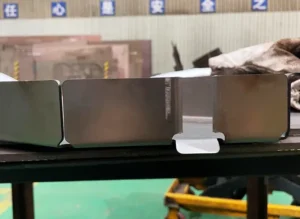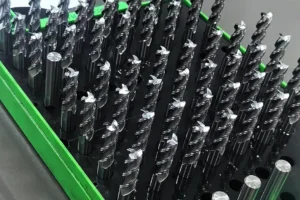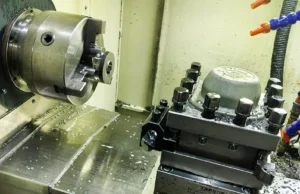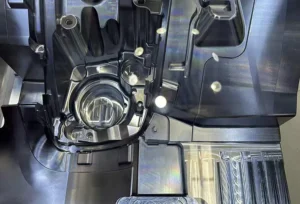
Why is sanding required after CNC machining?
Introduction
When it comes to CNC machining, one of the most critical steps in the production process is sanding. While some may question the necessity of sanding after CNC machining, it is important to understand the reasons behind this step and how it ultimately contributes to the overall quality of the final product.
The Role of CNC Machining
CNC machining is a highly precise manufacturing process that utilizes computer-controlled machinery to create complex parts and components.
This automated process allows for the production of high-quality parts with tight tolerances, making it a popular choice for a wide range of industries.
Why Sanding is Required After CNC Machining
Despite the precision of CNC machining, the process can sometimes result in rough surfaces or imperfections on the part.
Sanding is required after CNC machining to remove these imperfections and improve the surface finish of the part.
By sanding the part, manufacturers can achieve a smooth and uniform surface that meets the desired specifications.
Benefits of Sanding After CNC Machining
There are several key benefits to sanding after CNC machining, including:
- Improved Surface Finish: Sanding helps to remove any rough edges or imperfections left behind by the machining process, resulting in a smooth and uniform surface finish.
- Tolerance Control: Sanding allows manufacturers to fine-tune the dimensions of the part to ensure it meets the required tolerances and specifications.
- Enhanced Aesthetics: Sanding can improve the overall appearance of the part, making it more visually appealing and professional-looking.
- Deburring: Sanding helps to remove burrs and sharp edges, making the part safer to handle and reducing the risk of injury.
The Sanding Process
The sanding process typically involves using abrasive materials such as sandpaper or sanding belts to remove material from the part’s surface.
Depending on the material and the level of finish required, different grits of abrasive material may be used to achieve the desired result.
In some cases, a combination of hand sanding and automated sanding equipment may be used to achieve the best results.
Considerations When Sanding After CNC Machining
When sanding after CNC machining, it is important to consider the following factors to ensure the best results:
- Material: Different materials require different sanding techniques, so it is important to select the right abrasive material for the job.
- Grit Size: The grit size of the abrasive material will determine the level of smoothness achieved, so it is essential to choose the right grit for the desired finish.
- Pressure: Applying the right amount of pressure during sanding is crucial to avoid damaging the part or altering its dimensions.
- Speed: The speed at which the sanding is performed can impact the final finish, so it is important to maintain a consistent speed throughout the process.
Conclusion
In conclusion, sanding is a critical step in the manufacturing process after CNC machining.
By sanding the part, manufacturers can improve the surface finish, control tolerances, enhance aesthetics, and remove burrs, ultimately resulting in a high-quality final product.
Understanding the importance of sanding after CNC machining is crucial for achieving the best results and delivering products that meet the highest standards of quality and precision.



